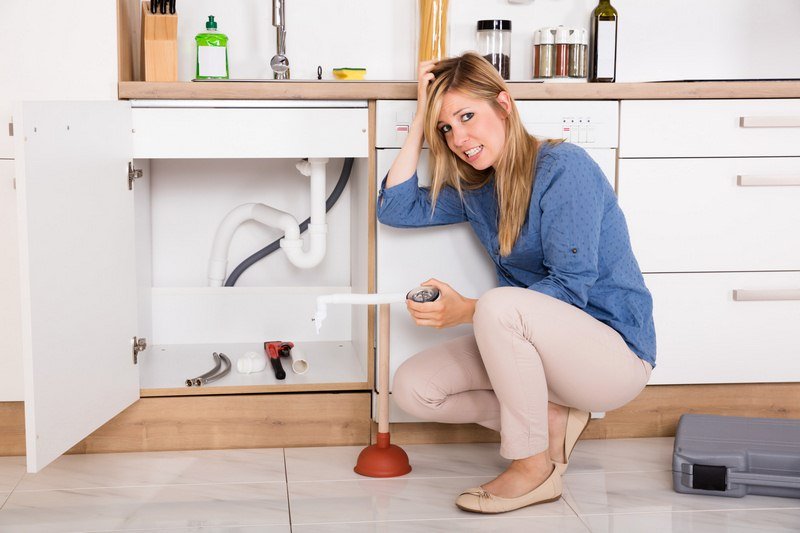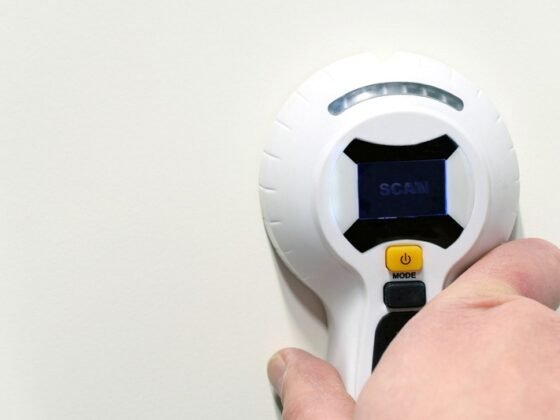Table of Contents Show
Ever give much thought to how your home plumbing works? Most people don’t think too deeply on the subject until a toilet won’t flush, a sink won’t drain, or the house smells like sewer gas.
If that’s you, you’re in the right place!
We’ve put together a mini-guide to plumbing basics. Take a second and read the ultimate guide to the basics of your bathroom (and kitchen) pipes.

It Is All About to Give and Take
We call it the plumbing system but it’s more like plumbing systems. Your home has two—one delivers clean water and the other removes dirty water.
The various fixtures like toilets, sinks, and showers along with appliances like your washing machine and dishwasher connect the two systems.
The plumbing system consists of supply lines and pipes, and each one plays a critical role in ensuring you have clean, safe water.
Read Also:
- Reasons Why Your Plumbing Should Be Considered When Designing Your Dream Home
- 10 Common Plumbing Problems Homeowners Will Experience
- What Are the Different Types of Plumbing Services?
- 3 Key Signs Your Bathroom Needs New Plumbing
- Simple Tips for Maintaining Your Water Heater
- 5 Sure Signs of a Busted Sewer Line
Plumbing Lines 101
If you’ve ever looked at the diagram of a home plumbing system, it looks relatively straightforward.
You have fresh water and hot water supply lines. The fresh-water lines bring cold water into your home from your city’s public water supply system. Hot water supply lines carry water from your water heater to whatever appliances need hot water.
The system uses waste pipes to carry gray water and sewage away from your home.
Gray water and sewage from toilets flow through the waste pipes, to your home’s main sewer line and out into your city’s sewer system where it’s sent to a wastewater treatment plant.
Another kind of pipes called vent pipes to prevent sewer gasses from entering your home from the plumbing system.
In a perfect world, supply lines, waste pipes, and vent pipes work in harmony, but if you live in an older home, or previous owners enjoyed DIY plumbing, things can get a bit, well, clogged up.
When Your Home Plumbing Goes Wrong
While an aging plumbing system does pose more risks for problems, newer systems can also experience backups, leaks, and water heater issues. Another issue related to your plumbing system is low water pressure.
Most homeowners know what to do with a clogged toilet or a slow draining sink. They can usually figure out a leaky faucet. Some avid DIY plumbers can also tinker with a water heater and get it fixed without too much stress.
How do you deal with low water pressure? The remedy for low water pressure depends on the cause.
Common causes of low water pressure include:
- Water Main Break
- Leaky Pipe
- Mineral and Sediment Buildup
If your water comes from a well, you could have a failing pump or a faulty check or ball valve. Wells also uses water well pressure tanks, which can leak. They also wear out.
Whatever the cause, a problem with the plumbing in your home isn’t only inconvenient, it can create a health hazard.
Looking for More Plumbing Posts?
Now you know how the water comes into your home, how it gets out, and where it goes when it leaves. We’ve given you the basics about home plumbing, but if you’re looking for more information, don’t go away.
Continue browsing the blog. You’ll find articles on a range of topics (including plumbing) of interest to homeowners and DIY aficionados.









